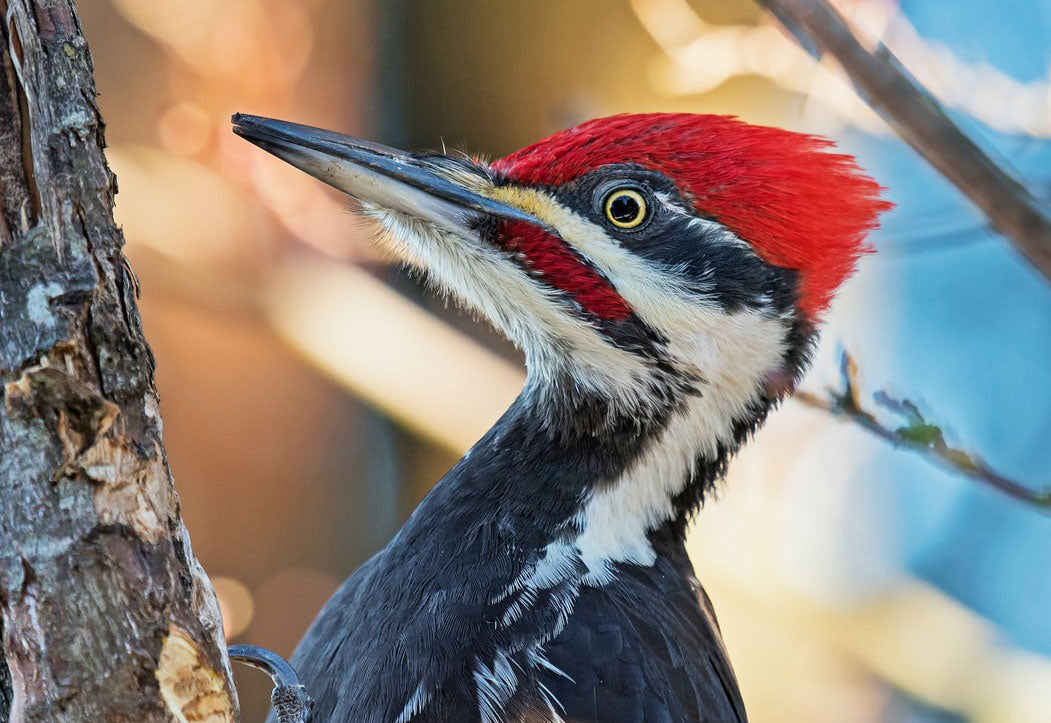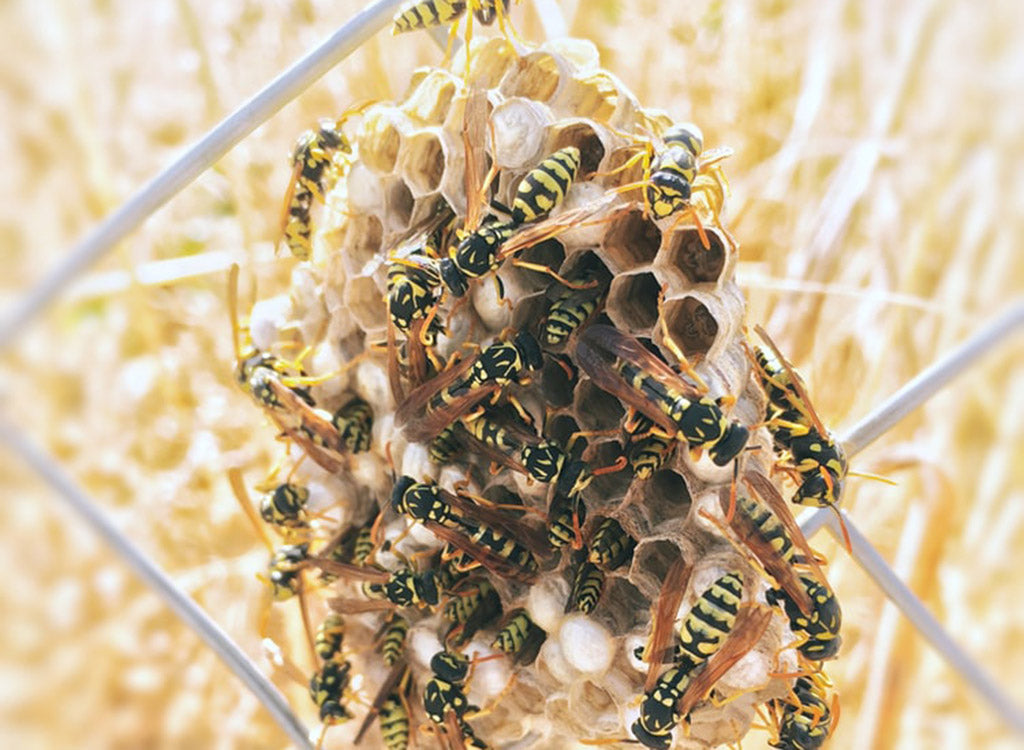While nature rarely bestows a vengeful disposition on any of its creatures, you might be surprised to find that there are a few natural predators of the carpenter bee, if not exactly outright enemies.
Carpenter Bee Predators
If you thought carpenter bee damage was limited to the proportion of how much chomping they can do boring their tunnels and nests into the wood siding of your home (among other places), think again! Though not necessarily their fault, carpenter bees invite even more structural damage to your home by their mere presence.
Let’s explore why...

The woodpecker – arguably the most voracious natural carpenter bee predator out there – equates carpenter bee larvae to something like a delicate caviar snack. Much the same way sharks can smell blood in the water, woodpeckers are able to locate their favorite treat by simply keeping a sharp ear to the wind. According to the Cornell Lab of Ornithology, “Carpenter bee larvae are noisy and tend to attract woodpeckers who will drill holes along the tunnels feeding on the larvae. This activity results in long trenches and holes about 0.5 to 1 inch deep along the wood.”1 As if they didn’t do enough on their own, carpenter bees attract what might even be a greater (certainly noisier) wood-related nuisance. You can find out more about woodpeckers and their relationship to carpenter bees in our blog post Why Is a Woodpecker Pecking on My House?
Remember what we said about the carpenter bee not having a natural “enemy”? Well, this next species of parasitic fly comes about as close to that definition as you can get.
Enter the bee fly.
While both are pollinators in their own right, the similarities between a carpenter bee and a bee fly abruptly end there. Unlike the carpenter bee, a bee fly has only two wings and needs bare soil to lay its eggs. Things start to get interesting (or macabre depending on your point of view) during the larval phase of a bee fly’s existence.

According to an article published by the BBC in 2015, “The female bee-fly hovers in front of suitable [carpenter bee] burrows, darting forward and flicking her body rapidly downwards to release her eggs.” If the larva hatches, it “enters and locates a bee grub, and fastens on to it, gradually draining the bee of its fluids. The bee-fly larva spends winter in the bee’s chamber alongside the husk of its victim, emerging as an adult bee-fly the following spring.”2
In layperson's terms, the bee fly larvae use young carpenter bees as a protein shake.
The Takeaway
While it may be tempting to “let nature take its course,” when it comes to carpenter bees and their natural predators, this path is a risky one. Aside from potentially having more bugs burrowing into the structure of your home, you might just be inviting woodpeckers to an all-you-can-eat buffet.
Rather than passively waiting, visit our Carpenter Bee Traps page to find the tools you need to carpenter-bee-proof your home this season!
- “Which Insects Are They Looking for?: Carpenter Bees,” Cornell Lab of Ornithology, 2002, https://www.birds.cornell.edu/wp_about/insects.html.
- “Parasitic Bee Mimics in Your Back Garden,” Earth, BBC, April 7, 2015, http://www.bbc.com/earth/story/20150327-lifecycle-of-the-bee-flies.









Leave a comment
All comments are moderated before being published.
This site is protected by hCaptcha and the hCaptcha Privacy Policy and Terms of Service apply.